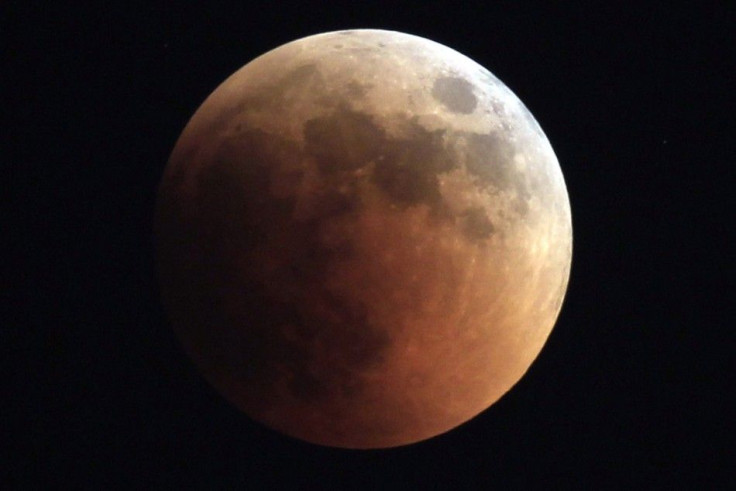Solar Eclipse vs. Lunar Eclipse: What's the Difference?

It seems that many confused today's historic lunar eclipse with a solar eclipse.
A lunar eclipse occurs when the moon passes behind the earth so that the earth blocks path of the sun's rays to the moon. This can occur only when the Sun, Earth and Moon are aligned exactly, or very closely so, with the Earth in the middle.
There is always a full moon on the night of a lunar eclipse.
Today's lunar eclipse was best viewed in Israel - and not at all in North America. It is the longest lunar eclipse in ten years, with the moon in the darkest shadow of the Earth for 100 minutes.
Until recently, only those who could afford expensive telescopes were able to experience an eclipse firsthand. But today's lunar eclipse could be viewed by anyone with an internet connection, compliments of The SLOOH space camera which provided a live feed of the eclipse through Youtube.
In a solar eclipse, the situation is reversed: The moon is doing the blocking of the sun's rays to the Earth. This can only happen during a new moon. At least two, and up to five, solar eclipses occur each year; but total eclipses are considered rare: No more than two can take place in one year.
The last total solar eclipse took place on July 11, 2010.
© Copyright IBTimes 2024. All rights reserved.






















